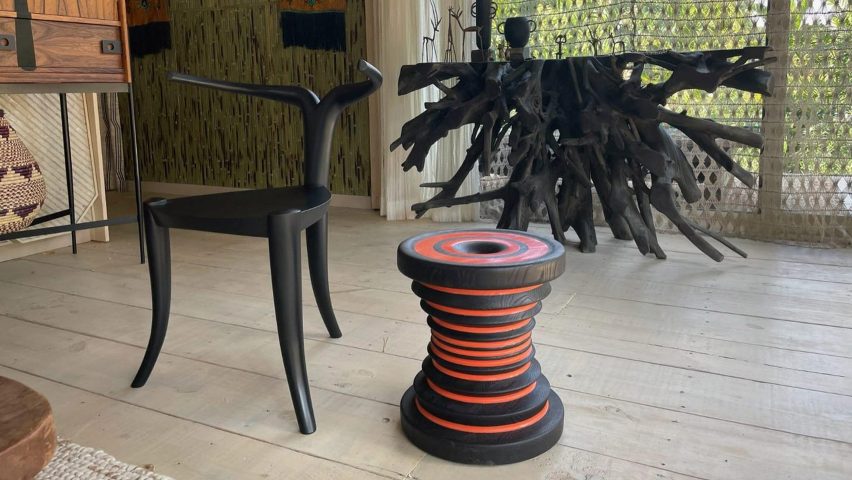
Five afrofuturist chairs by Jomo Tariku featured in Black Panther: Wakanda Forever
Ethiopian-American designer Jomo Tariku has five afrofuturist chairs in the latest Black Panther film. Here he explains the thinking behind each piece.
Tariku, whose chairs feature in the $250 million (£210 million) movie, told Dezeen that showcasing his work on the hit film was an opportunity to "become part of the design canon".
"Black Panther's cultural impact is huge and its movies like this, that highlight the work of Black designers is how we become part of the design canon," Tariku said.
"Design is a global language, but if it misses the global south, what's the point?" he added. "Making the conversation go global is extremely important."
"My African heritage is used as a launchpad for my designs"
Black Panther: Wakanda Forever features pieces that many may already associate with works from the African continent – such as Ashanti stools – as well as rarer and lesser-known afrofuturist works.
Hannah Beachler, who was the first African American to win an Academy Award for production design for her Zaha-Hadid informed sets of the first Black Panther film, approached Tariku after seeing his work at the Metropolitan Museum of Art.
For the chairs, which Tariku has been making throughout his 30-year career, the designer drew on his African heritage and designs seen in his childhood in Ethiopia.
"It's not only objects and colours, but it's also landscape, wildlife, anything that I can pinpoint that is part of what I believe is my African heritage is used as a launchpad for my designs," said Tariku.
"I am inspired by things that were never branded, those utilitarian objects such as stools and coffee pots – everything that craftspeople within a village within a neighbourhood within a city in Africa, make and put out on the street to sell," he continued.
Read on for Tariku's five chairs in Black Panther: Wakanda Forever:
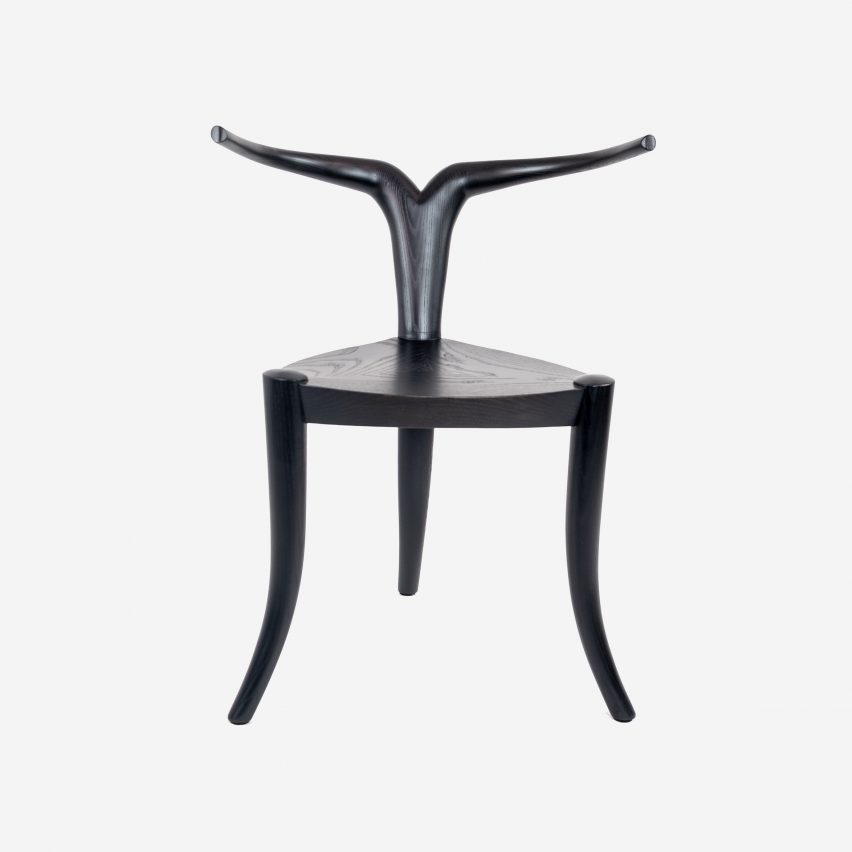
Nyala
"This chair appears right at the end in the living room type of setting in the last scene. It's inspired by the Nyala mountain antelope from the Bale Mountains in East Africa – the hand-carved armrests and legs of this chair are based on its horns and legs. I tend to derive my designs from when I see something that I really love, or that just raises a flag for me when I'm going through books and doing research.
"I draw the silhouettes of these things that interest me I don't get into the intricacy of the carvings or you know tiny details and all that. I just sketch the silhouette and move on. This is how this piece came together."
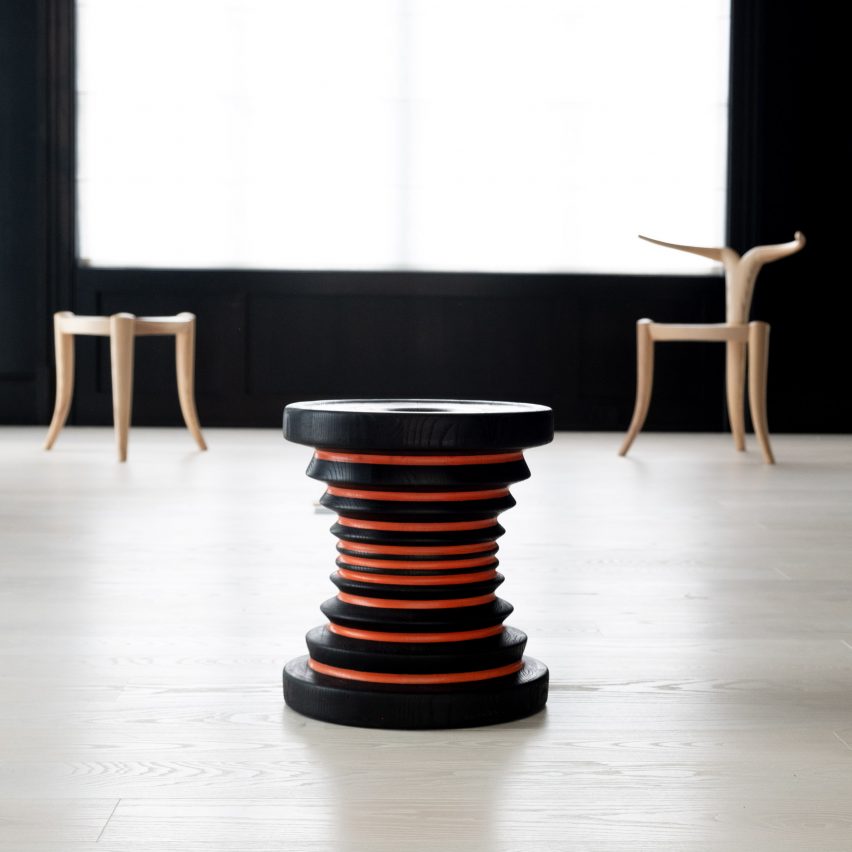
Mukecha
"This chair was on set next to the Nyala chair in the final scene stool in the living room after things have settled down.
"The Mukecha is decorated with orange rings, alluding to the neck rings on the bronze busts from The Kingdom of Benin. We have barely touched our own resources to do design work as Africans.
"We have a lot to contribute to the library of design by using our culture so within the limited time I have in proceeding with my career, I want to highlight the works of obviously myself and other African designers."
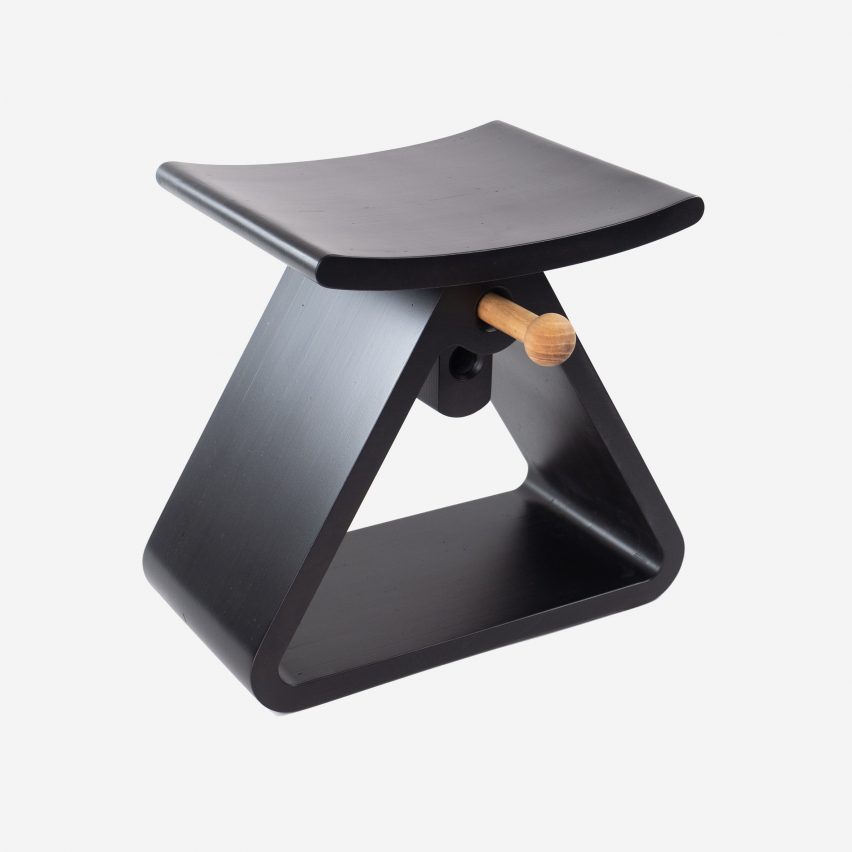
Boraatii
"Boraatii is one of the designs that isn't based on a pre-existing seating design. It has a triangular base that's based on a headrest found in Ethiopia.
"They [the production team] said: 'we're interested in these three designs – Boraatii, Ashanti and Dogon and we need 12 copies or four of each' to create a five-piece structure and additional seats. They wanted them in raw format, they didn't need them finished or anything they just needed them quickly.
"Time was of the essence, you know, could I produce them and can I deliver on time? I usually have other builders that help me out but on this project, because there was a huge rush to get these 12 pieces made, I ended up doing them in the evenings. I have a small CNC [Computer Numerically Controlled] machine here in my garage. So I would fabricate the pieces, glue them together and keep working through them."
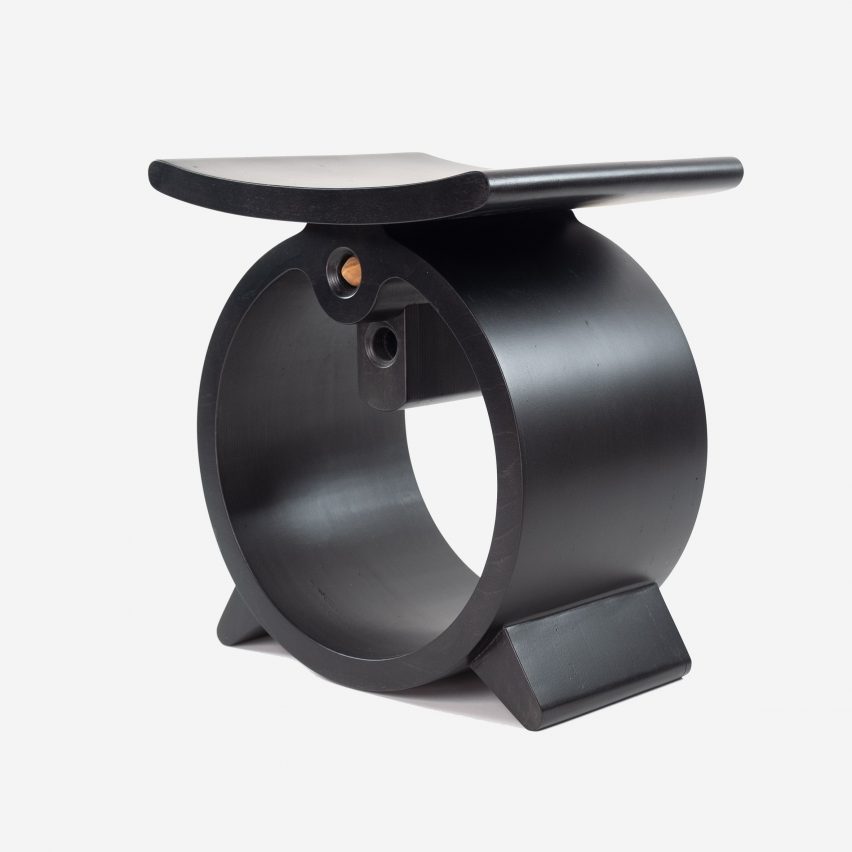
Ashanti
"The Ashanti stool is based obviously on the Ashanti stool from Ghana. It's a favourite and this is my version of this celebrated piece of furniture.
"The challenge is how do I make this signature piece so it does not look like it wasn't appropriated?
"Every piece I design is named after whatever gave me the inspiration. If you're interested and want to dig into it, I'm hoping that just knowing the keyword Ashanti means you can go and see the traditional Ashanti stool that it is based on."
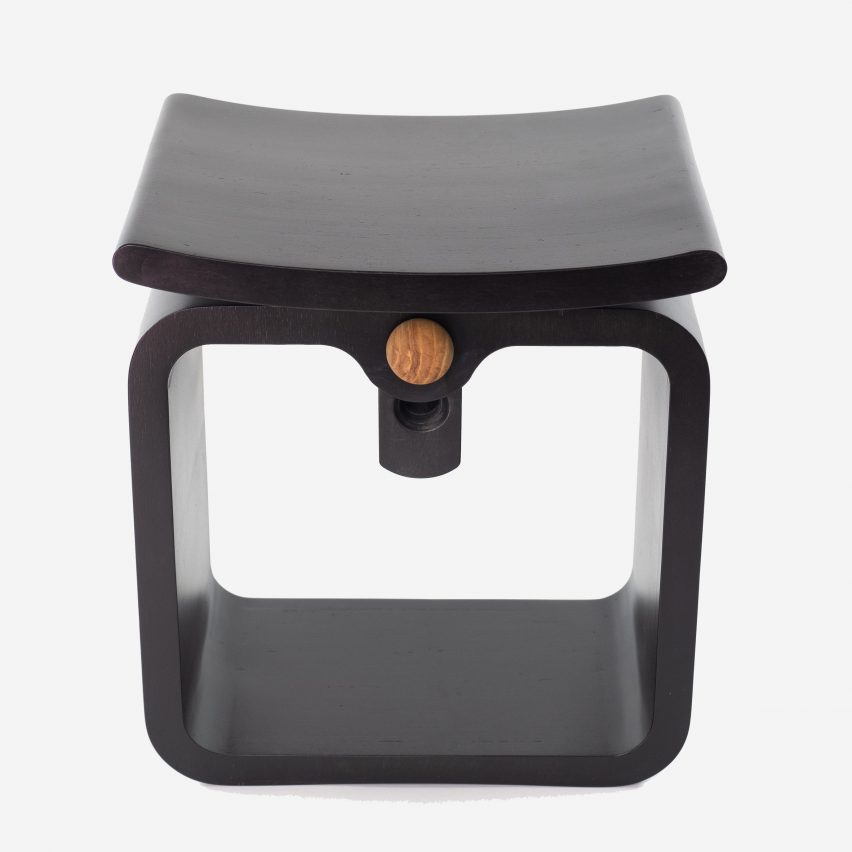
Dogon
"This is in the dome in the action sequence scene where the five-piece structure of the stools I mentioned earlier was used. Other African furniture pieces are also sitting there including Ethiopian coffee pots called Ebena and basket tables.
"The way that depth of field and everything works meant that the action sequences happen right in front of you, but you see the structure farther away. You just see the silhouette of it.
"It's height adjustable. Height adjustability is my industrial design side kicking in saying would be nice if this thing is not stuck at that height and you can raise it maybe a couple of inches.
"I went to school here in the US to study industrial design, which is when I noticed there was a gaping hole where African design in the modern sense was not represented in products."
The main image is courtesy of Marvel. All other images are courtesy of Jomo Tariku.